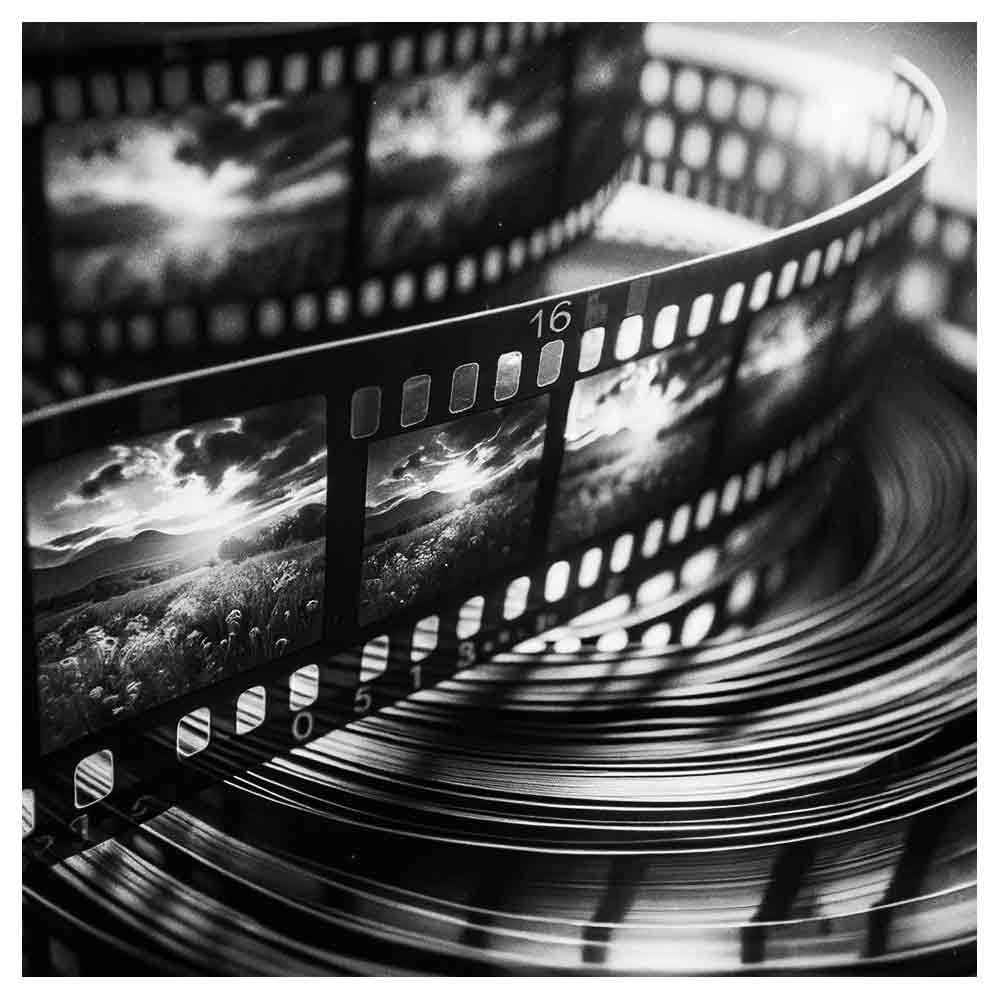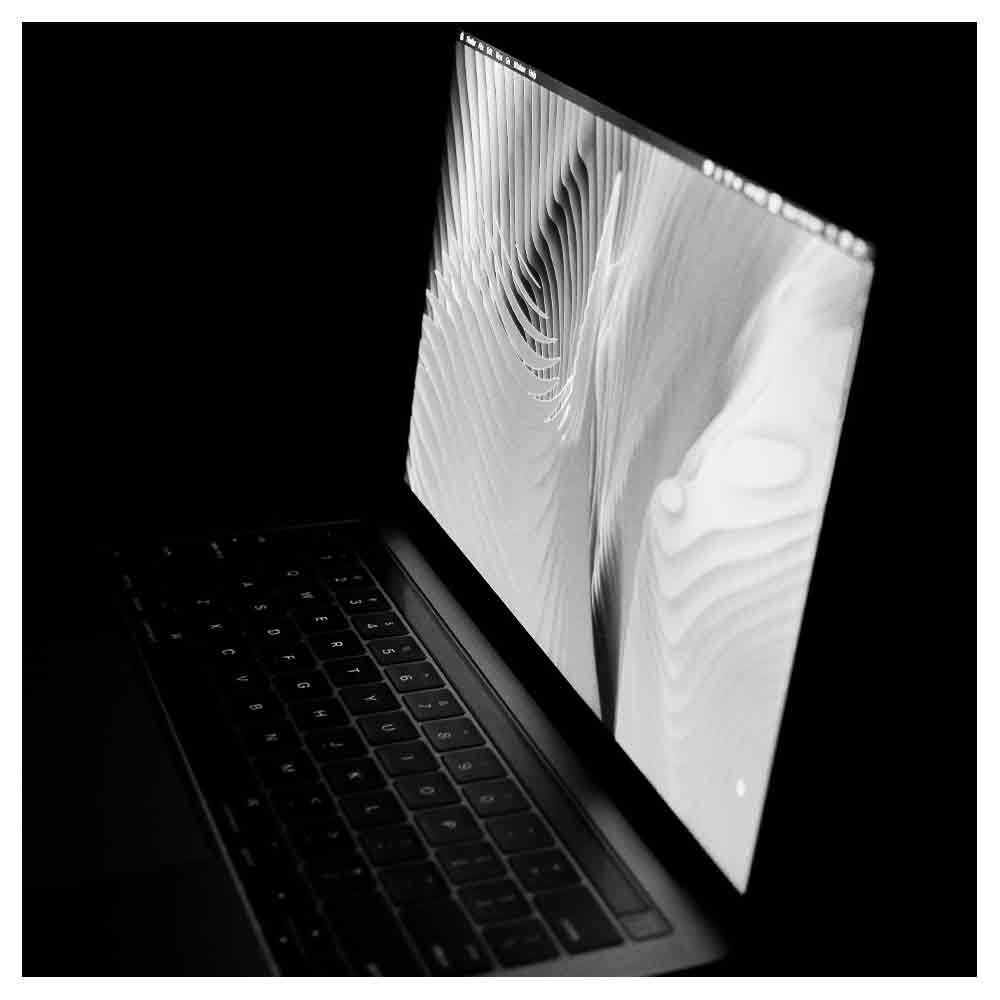What is A Call Sheet, And How to Make One for a Smooth Film Production
Imagine being on the set of your favorite movie or TV show, surrounded by talented actors, dedicated crew members, and state-of-the-art equipment. The excitement is palpable as everyone prepares for the next scene, but without a clear plan in place, chaos could easily ensue.
That's where the call sheet comes in - a vital document that ensures everyone knows where they need to be, when they need to be there and what they need to bring. In this blog, I'll delve into the world of call sheets and explore why they are crucial for any successful production.
From understanding the different elements of a call sheet to tips for creating an effective one, I've got you covered.
Table of contents:
What is a call sheet?
A call sheet is an easy-to-read document used on a film set to keep everyone informed about the production schedule for the next day's shooting schedule and any important details they need to know.
A daily call sheet is typically made by the producer, production coordinator, assistant producer, first assistant director, or second assistant director for each individual day of filming.
A new daily schedule is made for each shoot day and distributed to the cast members and crew the night before filming. It includes call times, locations, scene breakdowns, and contact information for key personnel.
Why Is A call sheet important?
A call sheet is a vital document that is essential to the success of any film or TV production. Here are several reasons why film call sheets are so important to film productions:
Streamlining Communication
One of the central functions of a call sheet is to streamline communication among cast and crew members. It ensures that everyone has the same information about where and when to be there, so there is no confusion or misunderstanding.
Expectation Management
Call sheets help set expectations for everyone involved in the production, including the cast, crew, and producers. They provide information about the scenes that will be shot that day, what props are needed and any other relevant details that will help everyone be prepared.
Providing (Emergency) Contact Information
Call sheets include important contact details for everyone involved in the production. This ensures that the right people can be reached quickly in an emergency, such as a medical issue or a problem with the location. You can even include details on the nearest hospital.
Time Table for the Film Shoot
Call sheets serve as a film shoot timetable, outlining the day's shoot schedule. This includes call times, shooting locations, and the order in which scenes will be shot. By providing this information in advance, everyone involved in the production can plan their day and ensure they arrive on time and ready to work.
What Should Be Included in A Call Sheet?
At its core, a call sheet should include all the essential information that everyone involved in your shoot must know.
This includes the production title, production company contact details (for invoicing), date, time, location, contact numbers, cast and crew names and responsibilities, equipment needed on set (e.g., cameras and lights), and props or wardrobe requirements (e.g., costumes).
The cast and crew list should include their phone numbers and email addresses if anyone needs to contact them before or during the film shoot.
In summary, a typical call sheet includes the following information:
Crew calls
Call times and start times for each crew member.
Locations
Include where the day’s shoot takes place and weather information for the continuation of the day.
Scene breakdowns
Including scene numbers and descriptions.
Contact information
Include the email and phone numbers of the production company, production team, location manager, and key personnel such as the director, producer, art director, gaffer, etc.
Special instructions
Important notes or important details for the day. You can also include contact details of the post-production crew so the technical staff can contact them if they have last-minute questions about the shoot that might impact the post-production workflow.
Meal breaks
Food is the holy grail of film shoots, so manage the expectations by including the times for meal breaks.
How to Make a call sheet?
Creating a call sheet can seem daunting, especially for those new to the film industry, but it can be a breeze with a little organization and attention to detail. Here are some steps to follow when making a call sheet for a smooth production day:
Determine the call times, start times, and estimated wrap time.
The call time is when each person is expected to arrive on set, and it is usually earlier than the start time to allow for breakfast or dinner, hair, makeup, and wardrobe preparation. Be sure to factor in travel time, potential traffic jams, and other logistical considerations when determining call times.
Consider transportation needs.
Depending on the size of your crew and the locations for the shoot, it may be necessary to arrange transportation for the cast and crew. Be sure to include details about transportation on the call sheet, including pick-up times and locations. You can also include gear transportation details for th, including what equipment will come from where and who will be responsible for pick up and drop off.
Include the locations for the day’s shoot.
Be sure to include all the interior and exterior shoot locations on the call sheet for that particular day of filming. Location details include the address, parking information, and specific directions, if applicable, for arriving at the location. You can add maps or images illustrating where people must go on set so they don’t get lost or confused when they arrive.
Break down the scenes for the day.
This includes listing the scene number and shot numbers, descriptions, and relevant notes such as props or special effects. You can also include the storyboard stills to understand better the images you’re aiming for.
Include contact information for key Crew Members.
This should include each crew member's name and phone number. If this list will be too long, you can decide to only include the contact details of the department heads (director, producer, gaffer, art director, etc.)
Include emergency contact information.
In case of unforeseen circumstances, including emergency contact information on the call sheet is important. This can be a phone number and even the location of the nearest hospital.
List any special instructions or important details for the day.
This may include weather considerations, meal times, or other important information the cast and crew should know, like specific clothing regulations, walkie-talkie channels, or notes on the use of mobile phones and sharing behind-the-scenes material on social media.
Distribute the call sheet to the cast and crew.
Once you’re finished creating your call sheet, distribute your document via email or in person. Ensure that everyone has received a copy before the start of the shoot.
Use the call sheet as a reference throughout the shoot.
A call sheet can also serve as an important reference tool during the film shoot for everyone on the film set to stay informed and on track.
Conclusion
Call sheets are an essential part of any film production that help keep everyone and everything organized and on track before and throughout the day of filming so everything runs smoothly from start to finish.
Ensure everyone gets their personalized copy of the call sheet before filming or the photo shoot begins, so there are no surprises once you arrive on set.






























